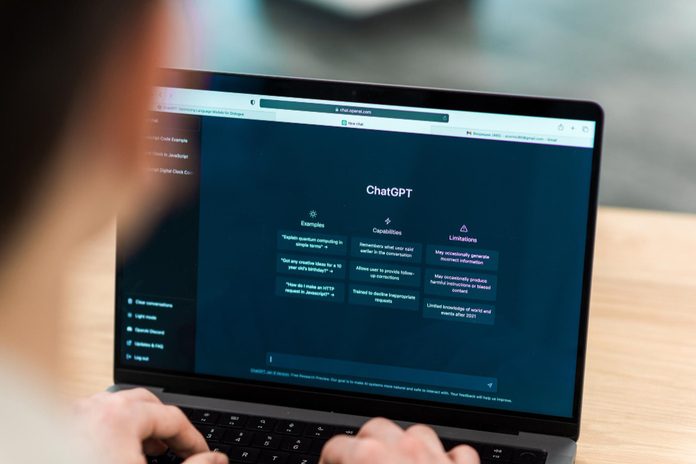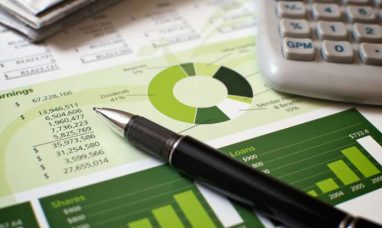In the rapidly evolving financial landscape, hedge funds are increasingly turning to artificial intelligence to enhance their research and investment strategies. The deployment of AI tools like ChatGPT has opened new avenues for efficiency, allowing firms to automate tasks that were once time-consuming and labor-intensive. As hedge funds using AI continue to refine these technologies, the goal is to transition from simple data processing to more sophisticated analysis and decision-making.
Hedge Funds Using AI: A New Era of Efficiency
For many hedge funds, the integration of AI into their operations has become a strategic priority. At Balyasny Asset Management, Chief Economist Chris Pulman has seen his workflow transformed by AI. Tasks that once took days, such as preparing previews for central bank meetings, can now be completed in a fraction of the time. With the help of AI chatbots, Pulman can quickly summarize the views of Wall Street economists, generate charts, and extract key statements from monetary officials. This represents a significant leap in productivity, allowing more time for deeper analysis and strategic thinking.
Other major players in the industry, including Two Sigma Investments and Man Group, are also at the forefront of hedge funds using AI. These firms are leveraging AI to perform routine tasks, such as filtering through regulatory filings and summarizing research reports. While these tasks are currently comparable to what a junior intern might handle, the potential for AI to evolve into a more advanced analyst role is a prospect that excites many in the industry.
The Challenges and Limitations of AI in Finance
Despite the promising advancements, hedge funds using AI face several challenges. One of the most significant issues is the tendency of AI to generate inaccurate or misleading information. This phenomenon, known as “hallucination,” occurs when AI models fabricate data or make incorrect assumptions. For instance, at Balyasny, engineers had to intervene when their AI model struggled to identify stock winners or losers from higher tariffs. The model required extensive training and fine-tuning before it could produce reliable results.
Moreover, the ability of AI to handle complex, multi-layered questions is still limited. While AI can process vast amounts of data quickly, it often lacks the nuanced understanding needed for sophisticated financial analysis. This means that human oversight remains crucial, particularly in high-stakes environments where decisions can have significant financial implications.
The Investment in AI Infrastructure
The adoption of AI by hedge funds is not without significant costs. Building and maintaining AI infrastructure requires substantial investment in both technology and talent. For example, Goldman Sachs (NYSE:GS) has estimated that the total cost of implementing AI across the economy could exceed $1 trillion in the coming years. Hedge funds like Balyasny and Man Group have dedicated teams focused on developing and refining their AI capabilities, with Balyasny’s team alone consisting of 12 specialists.
This investment reflects the belief that hedge funds using AI will eventually gain a competitive edge. The ability to process data faster and more accurately than human analysts could lead to better investment decisions and, ultimately, higher returns. However, firms acknowledge that AI is still in the early stages of its development and that there is much work to be done before it can fully replace human expertise.
The Future of AI in Hedge Funds
As hedge funds using AI continue to experiment with these technologies, the future holds the potential for even more significant breakthroughs. The ambition is not just to automate routine tasks but to develop AI systems capable of generating investment hypotheses, conducting complex research, and even identifying subtle economic relationships that could inform trading strategies.
For now, AI serves as a powerful tool that enhances human capabilities rather than replaces them. The goal is to move from AI being an “intern” to a “junior analyst” and eventually to a fully-fledged analyst capable of making independent investment decisions. While this vision is still a few years away, the rapid pace of technological advancement suggests that it may soon become a reality.
In conclusion, hedge funds using AI are at the forefront of a technological revolution in the financial industry. As these tools continue to evolve, they promise to transform the way research and investment decisions are made, paving the way for a new era of efficiency and innovation in finance.
Featured Image: Freepik















